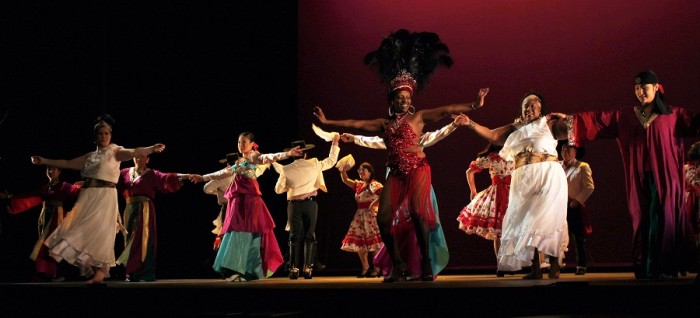
Last Friday night, the stage of The Moore Theater came alive with colorful costumes, foreign instruments, and dance traditions from around the globe.
Started in 2009, “Global Party” is an annual performance put on by the Seattle Theatre Group (STG) to feature some of the cultural dance groups that have formed in Seattle in recent years.
The night was not just an opportunity for Seattleites to share their roots, but was also a vivid reflection of Seattle’s multicultural community.
“If I was back home, dancing wouldn’t be that huge everyday cause most people can dance so it’s not that special,” said Nayafath Cakpo, 20, a performer from the Gasango Music and Dance Company who emigrated from Benin six years ago. “But in coming here, it’s like ‘oh wow, people actually want to see you perform.’ It’s such a great thing over here.”
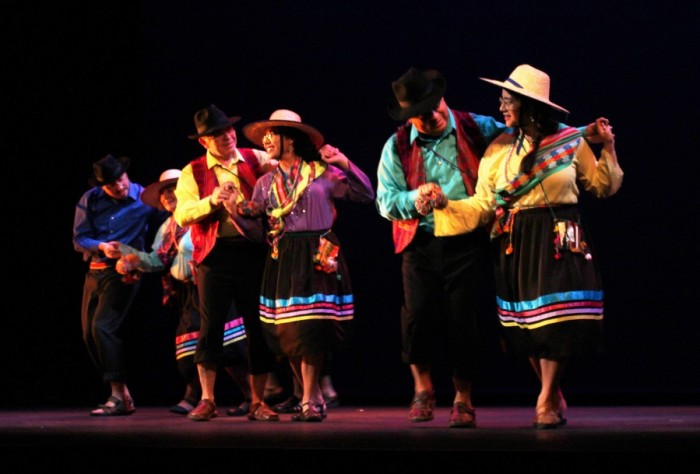
Today one in six people living in Seattle was born outside the United States and one in three are people of color. Seattle’s dance culture demonstrates this diversity, with a number of groups representing (and remixing) different ethnic dance traditions.
The seventh annual Global Party featured seven of these organizations, including Grupo Violeta Parra — a Chilean ensemble, and Morning Star — a group that combines Korean folk dancing with traditional drums.
The participants change each year to allow more groups to have the opportunity to meet and collaborate with one another on a big stage in a professional theater.
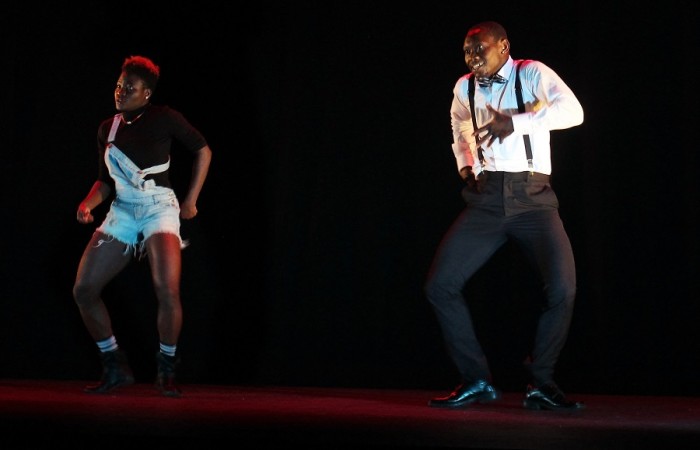
“It’s always a focus to make sure we’re representing the area,” said Sarah Loritz, the Community Programs Manager of STG. “Being a community performance, we want to make sure that we are giving the people of the Pacific Northwest their stage.”
Each group performed their own individual pieces, and then came together for a collaborative grand finale. The rehearsal process for the collaborative piece was a way for the different dancers to learn about each others’ traditions.
“We have a cross-cultural workshop where each of the groups will come in and teach two different eight counts of choreography from their number,” said Rex Kinney, one of the finale choreographers. “So they get to teach that to all the dancers in the show, and then we eventually take that movement to choreograph and put into a big finale.”
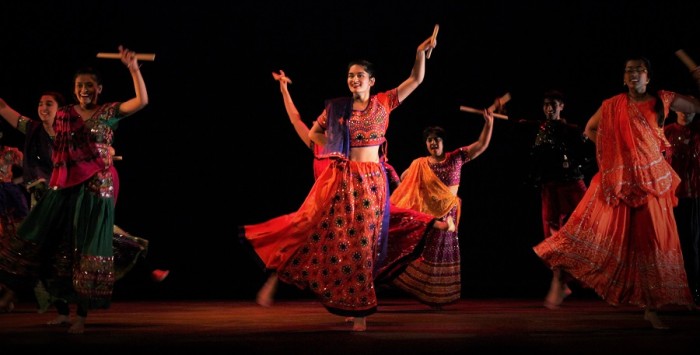
The workshop also gave everyone involved in the production a chance to get to know each other.
“They got to meet each other face-to-face and talk a little bit about their different dance styles, culture, music, why it’s important to them and how this art relates to their culture — whether its ancestry, a place of their birth, or just a culture that they’ve had a love of,” said Loritz.
“It felt so good just seeing how different everyone’s dancing is,” Cakpo reflected. “Learning how different your body can move, so many different music, so many different beats and everything,”
If you want to learn some of those moves yourself, most of the studios represented offer dance classes.
Many of them are inter-generational, as instructors are immigrants who pass on their culture to younger generations through dance. For instance, Nayafath emigrated six years ago from Benin, Africa with her father, Etienne Cakpo who choreographs and teaches at Seattle’s Gansango Music & Dance Company.
There are also urban dance studios that bring together many different cultures of dance. The Northwest Tap Connection, for example, incorporates a variety of dance styles such as African, ballet, swing, hip-hop, and jazz.
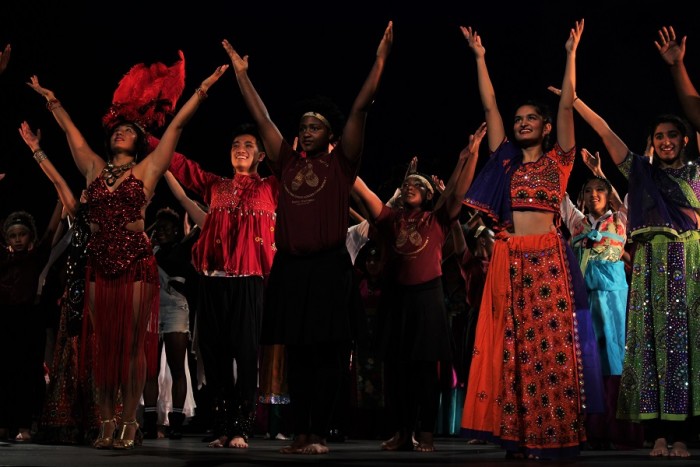
For the first time, a group of older teen and young adult dancers from the Northwest Tap Connection got to take the stage with other dance groups at Global Party.
“I love it — getting the diverse feel, experiencing other dance cultures,” said Cipher Goings, a Northwest Tap Connection dancer of seven years.” It’s great to learn everybody’s different styles and collab and really come together as one.”
According to Lortiz, that’s what the Global Party is all about — celebrating the growing diversity of the Pacific Northwest by sharing different cultures of dance.
“We really try to honor that name,” Loritz said. “That it is a global celebration, a global party…We try to make it a fun celebration for all.”

